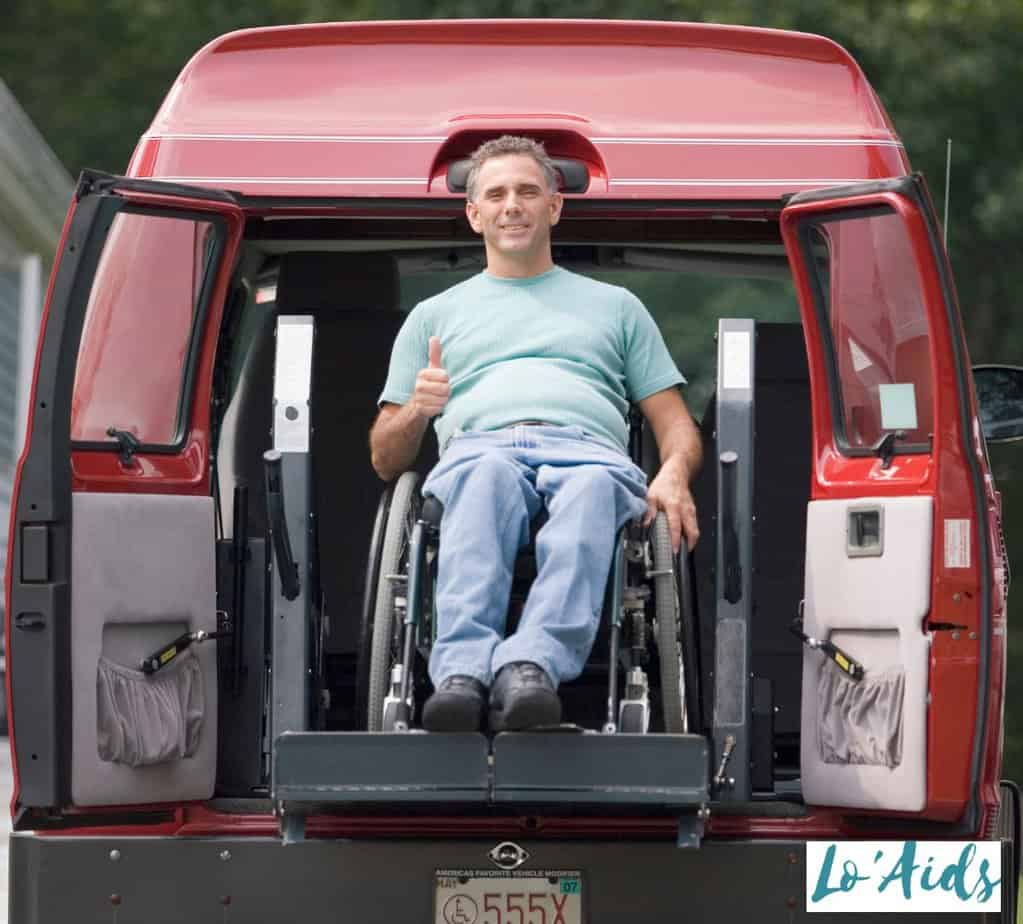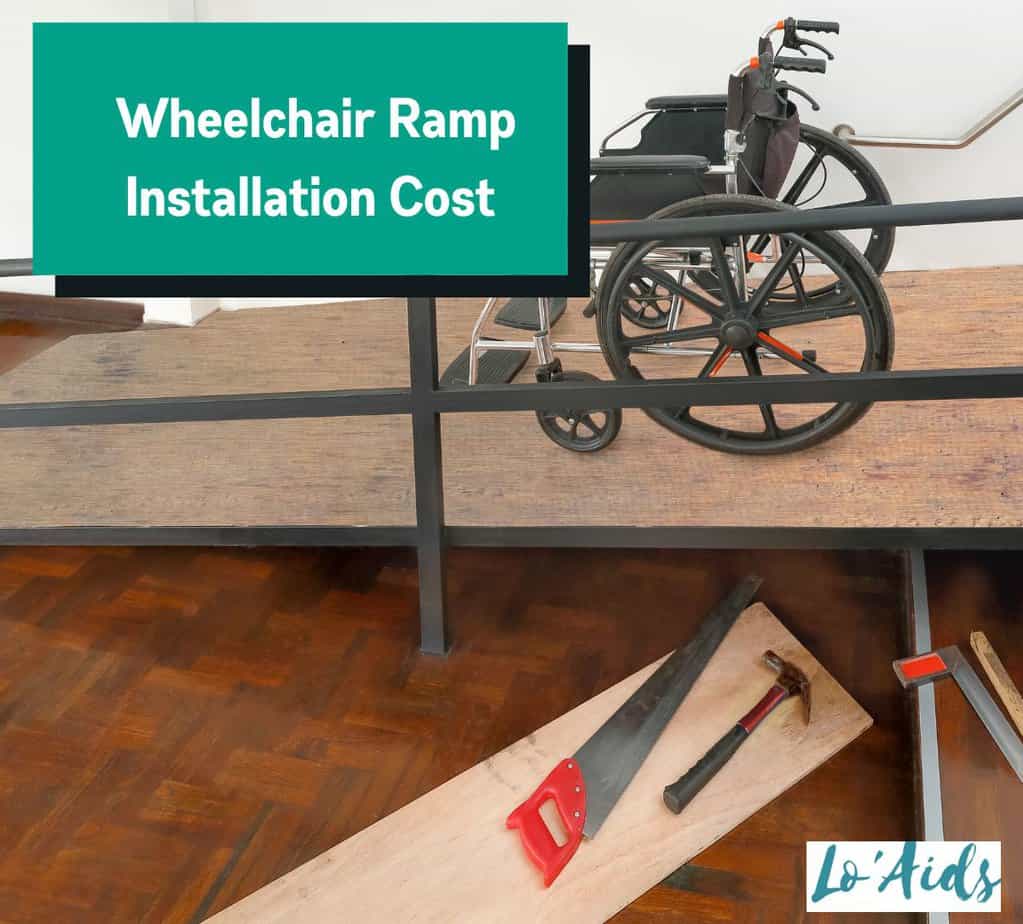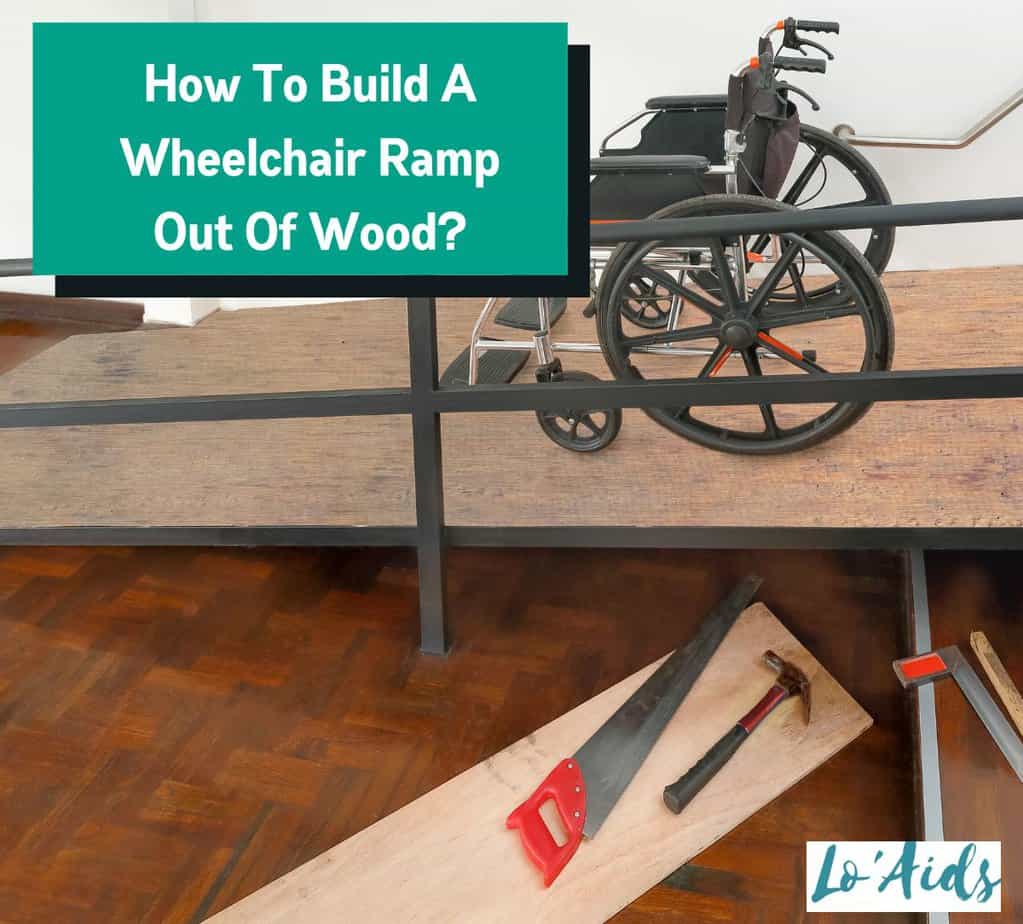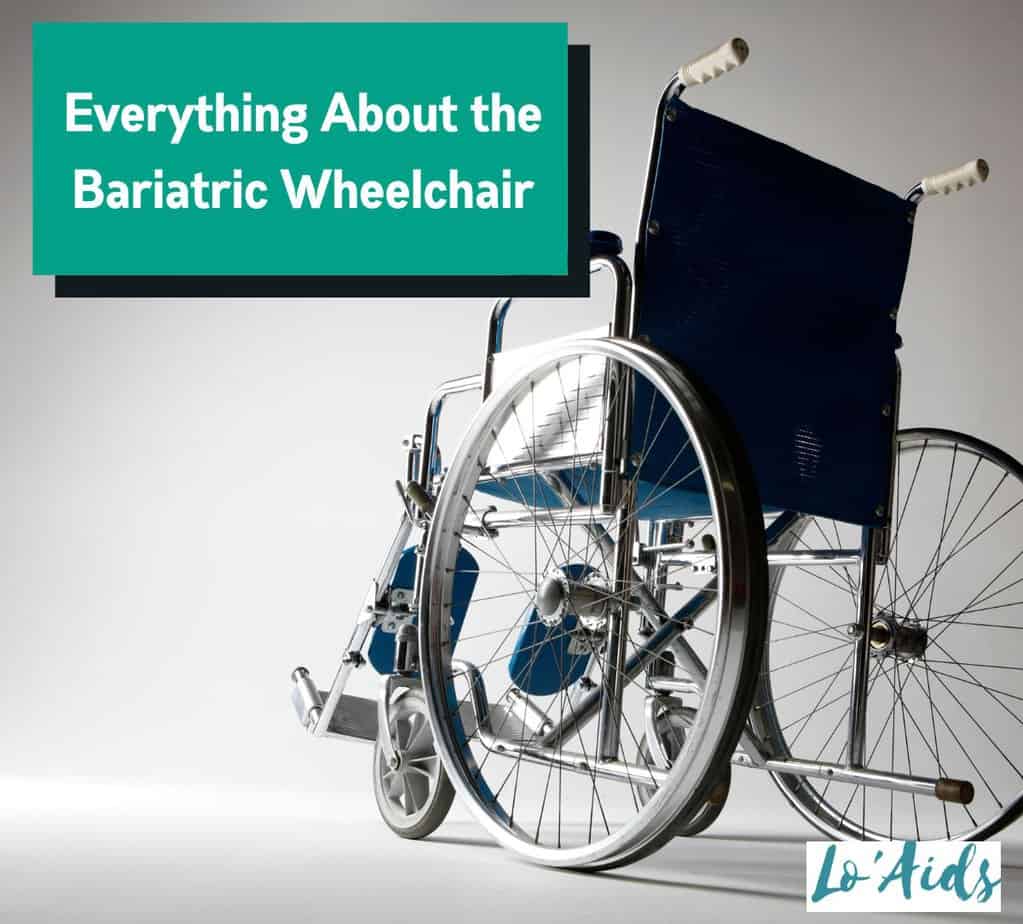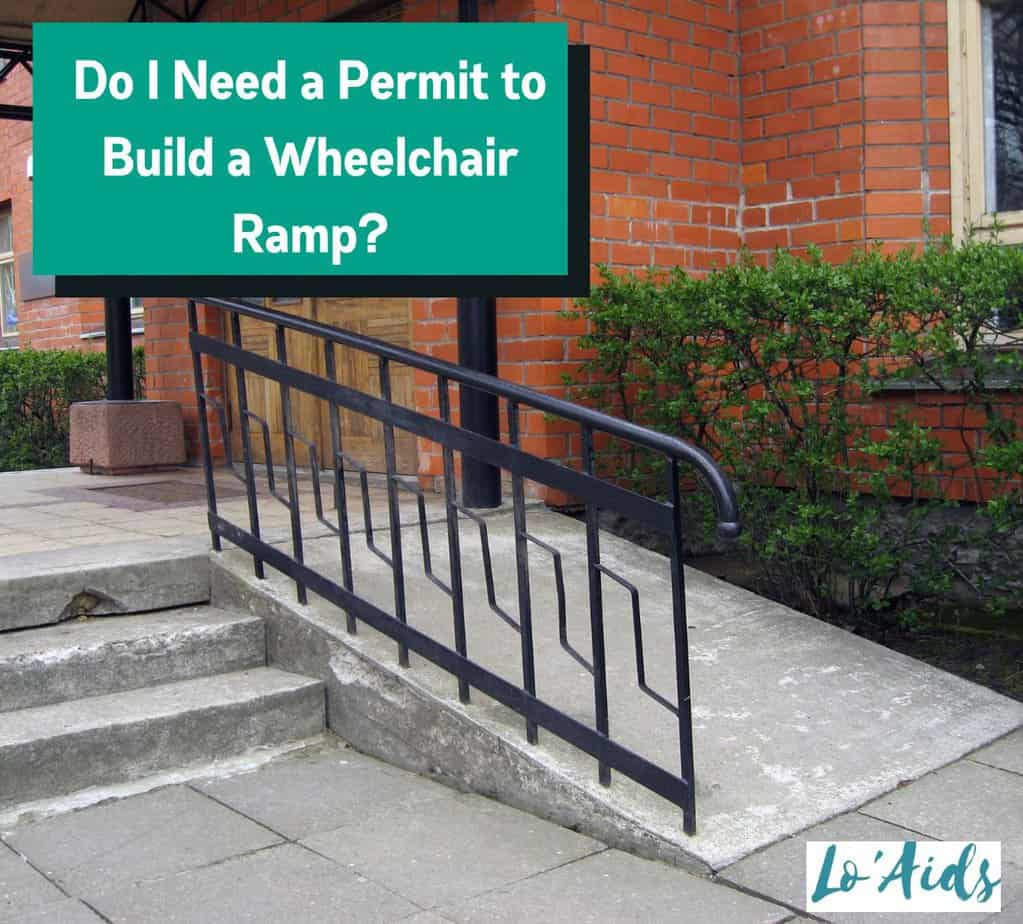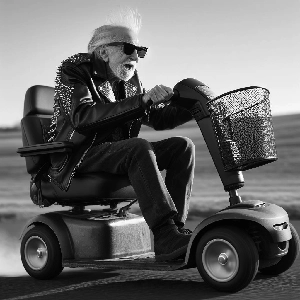Today, walking canes come in various shapes and sizes, each with varying degrees of support. By extending their support base, walking canes help those with balance issues and improve one’s quality of life.
Please keep on reading as we discuss the common types of walking canes and their primary functions.
Check: Best Walking Canes
Table of Contents
7 Different Types Of Walking Canes and their usage/s
There are a variety of choices available to help individuals in need. Knowing more about the different types of canes and their usages can assist anyone in making an informed buying decision.
The following are among the top popular cane designs available today, along with a brief overview of each one’s purpose and characteristics.
1. Single Point or Standard Canes
- For light to moderate support
- Easily accessible
- Affordable
The standard single-point cane is a common cane type. Single point cane can be of great assistance to those who have difficulty maintaining their balance.
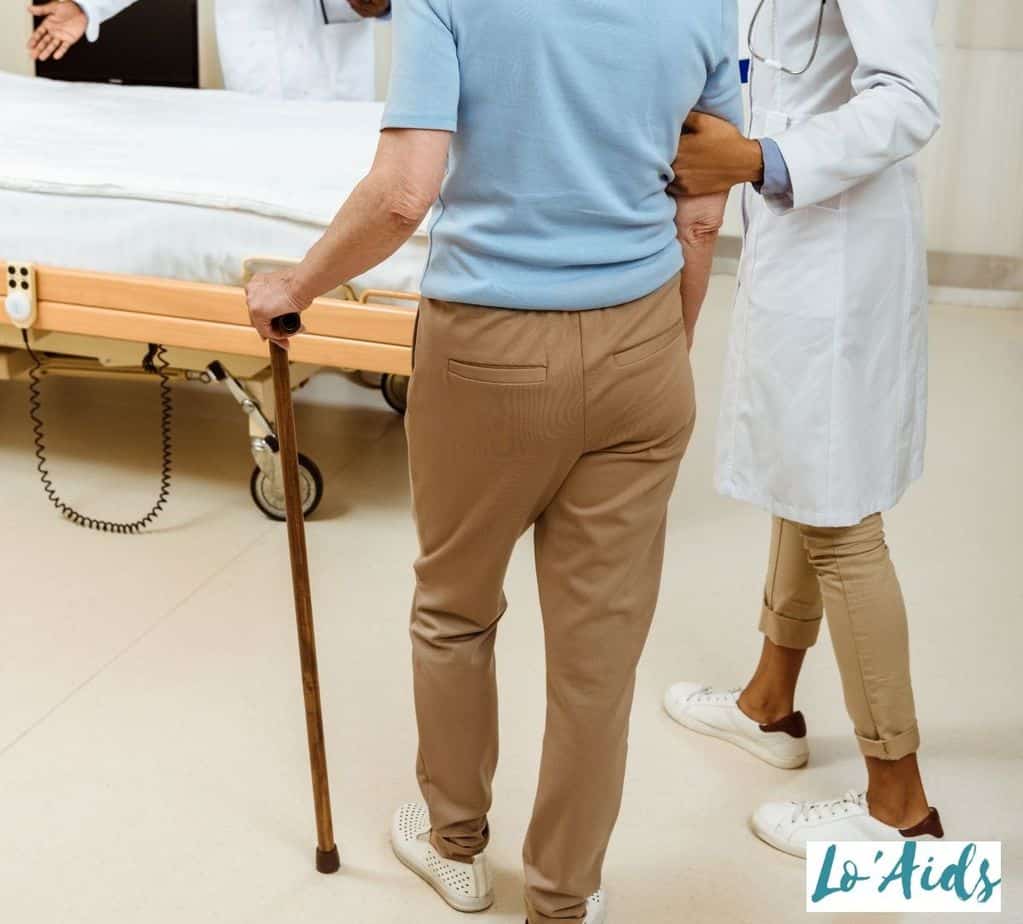
They are commonly built, whether aluminum cane or wood cane.
Most of the time, they are prescribed for those who only need a little extra help getting around. So, if you are looking for a walking aid, a standard cane is easily accessible at various places.
A single point or a regular walking cane enables users to create better contact on the surface as they begin making every move, making it much easier to keep a stable balance for a lengthy period.
In addition, it’s worth noting that this standard walker is one of the most reasonably priced ones available on the market.
Check these best walking canes for women!
2. Multiple Point Canes
- Provides greater support
- Stronger grip for elderly and people with mobility issues
Multiple-point canes or also referred to as multiple-legged canes, provide a better hold on the ground.
Complex tasks necessitate the use of these canes, which provide more firm support and stability. It is usually a type of cane for the elderly and seniors.
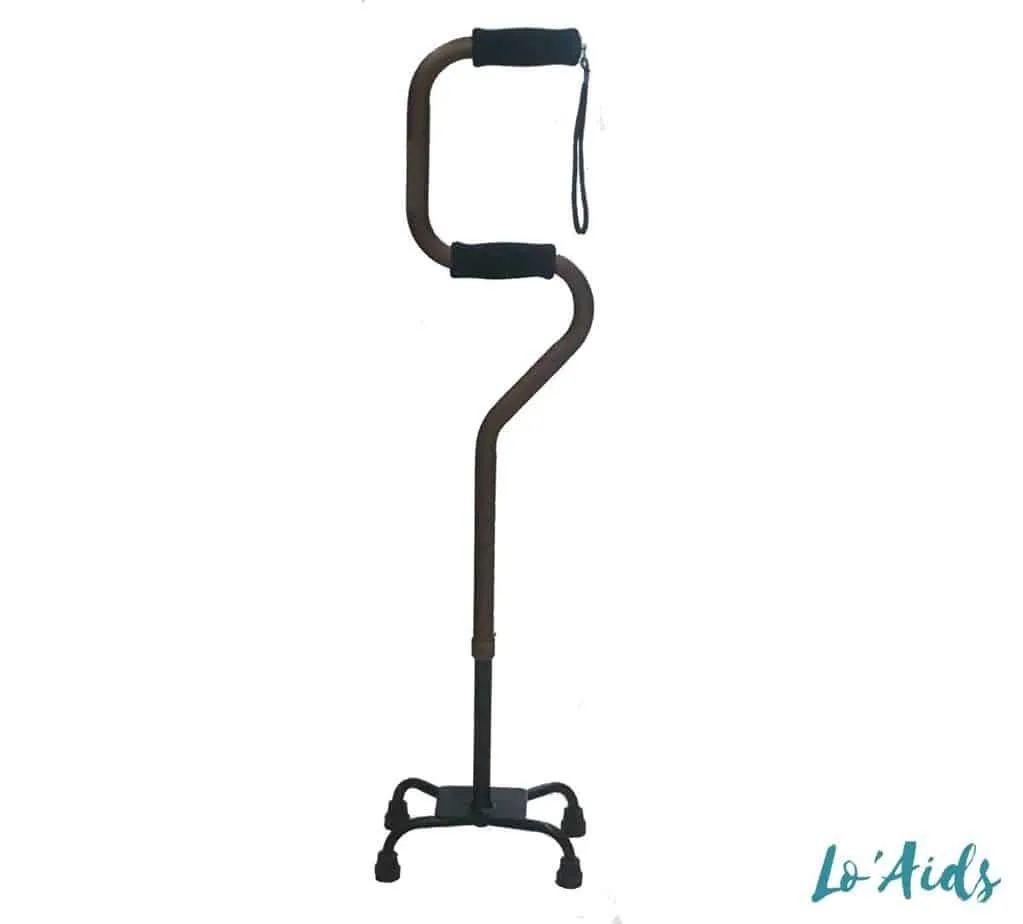
Multiple point canes are divided into two subcategories:
Tripod Cane
To increase stability and support, 3 point canes include three legs at the bottom of their shafts, similar to a tripod.
Quad Cane
A four-pointed cane (quad cane) features four legs at the distal end. Quad canes are typically recommended to individuals with more complex impairments and walking difficulties.
To compensate for the slower movement, this cane offers firmer support than other cane designs. Moreover, this cane is also suitable for independent walkers because it can stand on its own even without holding on to it.
When buying a quad cane, you have the option of going with a more extensive base or a narrow base. The improved mobility and support come in handy when using a large base quad cane.
People with poor balance may need more significant support with quad canes, tripods, and other multiple-point canes, which have numerous points of contact with the ground yet are freestanding, thus providing sturdy support. With quad canes, you’ll get the most support because of their four points.
3. Bariatric Canes
- Provide extra weight support for heavier persons
- Durable materials and long-lasting
They’re among the most robust and long-lasting canes you’ll find.
These canes are designed to withstand pressure from a user who may be considerably heavier than ordinary.
When a person is overweight and has difficulty moving around, they require a cane to give them ample support.
A bariatric cane provides solid and dependable support to those who need a walking aid regardless of their weight.
CHECK: Best Walking Cane for Men
4. Strongarm Comfort Cane
- Provides maximum comfort levels
- Allows users to control their movement
Due to its revolutionary design, you will have better stability and control with the strongarm comfortable cane.
Hand and forearm grips are ergonomically integrated into the lightweight, adjustable cane, making it easy to use. As a result of the excellent design, this raises the user’s walking competence.
The Strongarm Comfort cane significantly alleviates the discomfort and fatigue associated with using a regular cane.
5. Folding Canes
- Convenient to use, especially for people with an active lifestyle
- Lightweight and easy to transport
- Adjustable height
These foldable canes are a popular type because they are lightweight, easy to fold, and beneficial to have with you when you’re on the go. A collapsible cane may be utilized indoors and outdoors, situationally.

A single point is frequently found on the folding cane. Despite this, it is easily adjusted and can be folded away after being used.
It is compact and completely lightweight, making it the ideal alternative for those who do not want to let their mobility issues prevent them from going to various locations worldwide.
When folded, folding canes are small enough to fit comfortably in a handbag or other small storage space.
Because most foldable canes are height adjustable, they may be an excellent choice for people who want the convenience of folding their canes when not being used readily.
6. Seat Canes
- It provides a dual purpose to the user
- Perfect choice for prolonged travel periods
Walking seat canes or folding seat canes provide the dual purpose of providing cane support and a comfortable seat.
Durable medical-grade seat canes may have a single-point or a quad-bottom, but they will be equipped with a comfortable seat for the user to sit on when needed.
Canes with seats are an excellent option for people who must go a long way between multiple places because of their condition.
Before buying a seat cane, people should check for weight capacity or restrictions on how much they can weigh.
7. White Cane
- Assistive cane for people with visual impairment
- Allows better sensibility to surroundings
Blind or visually challenged people use a white cane as a mobility device or balance assistance. Its white color makes it easy for passersby to determine a visually impaired person. It gives the user the ability to assess the immediate surroundings for orientation objects or impediments while using this assistive device.
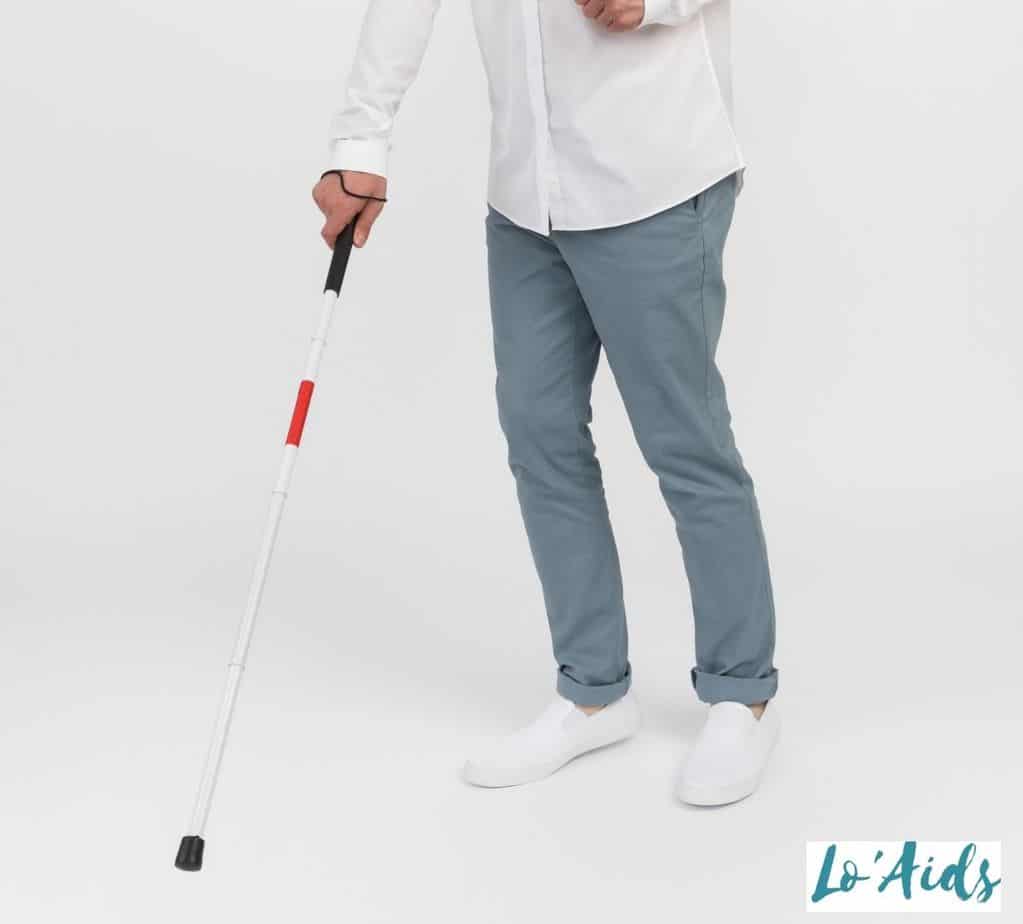
White canes come in two types, both of which are widely used:
Supporting Cane
Supporting canes are devices for balance and physical support. Using a white cane helps others know you’re blind or have limited eyesight.
Probing Cane
The probing cane (also known as a “white cane” or a “long cane”) is used to spot and avoid hazards in your route of travel.
3 Things to Know About Walking Canes
There are different types of walking canes to choose from, and it can be too overwhelming. However, you must know the components or structures of a cane to maximize its usage fully.
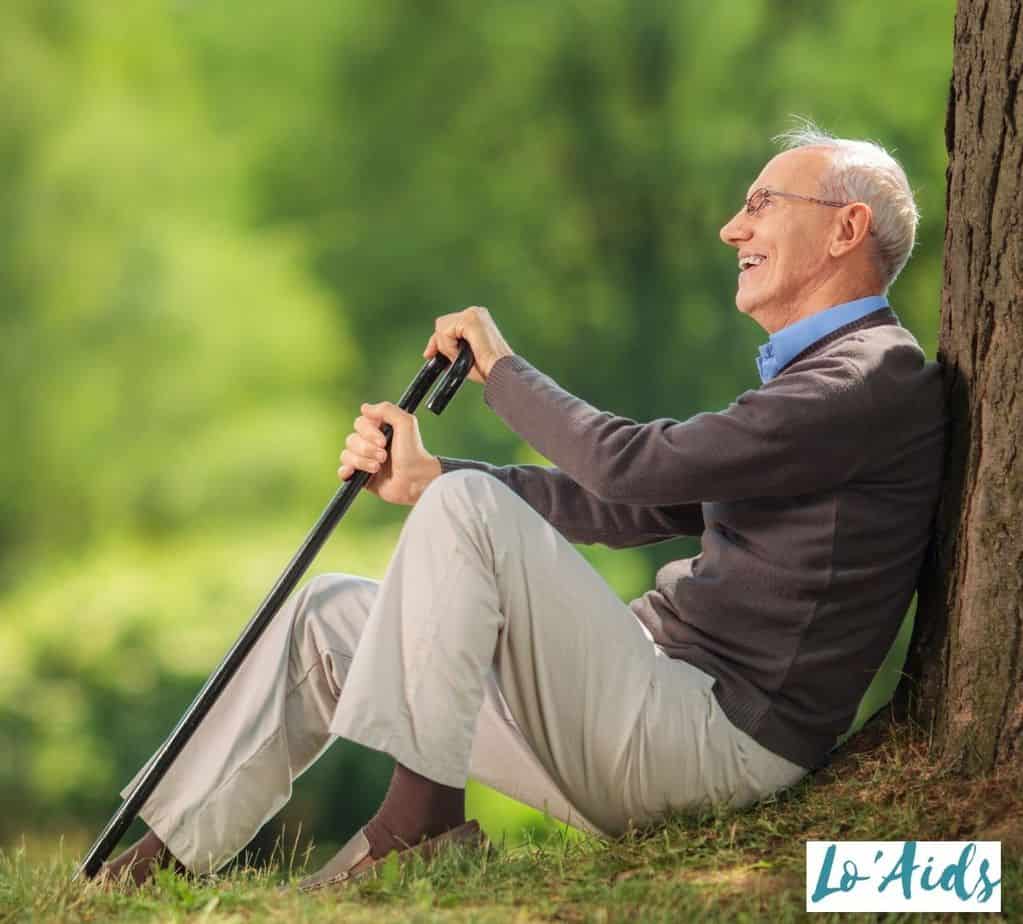
What Are the Major Parts of a Cane?
In most cases, three major parts make up a cane: the cane, handle and tip.
Let’s briefly discuss each part.
Type of Cane
The cane style you choose will significantly affect how it works. Different canes have different shapes and functions.
Type of Handle
The handle of a cane is generally at the top, where the cane user holds it. Handles come in two types: grips and natural.
The natural handle is made of the same materials as the cane itself. They provide a firm grip but are not as good as a functional grip cane handle.
The grip handle is added to the natural cane handle to provide extra balance and support. In most cases, this type of grip is made of softer materials like rubber grip.
Cane Tip
The tip of every cane is the part that touches the ground for better control. During regular use, this section is often damaged the most. That’s why selecting the appropriate tip is crucial. You can choose different types of tip cane whether you want:
- Hard tips
- Rubber tips
- Multi-tip cane
How Much Does a Walking Cane Cost?
Walking canes are now available for as little as $10, given the present economic outlook. Except for antique and custom-designed walking aids, which can be pretty expensive, a cane or walking stick for medical purposes should not cost anyone more than $45.
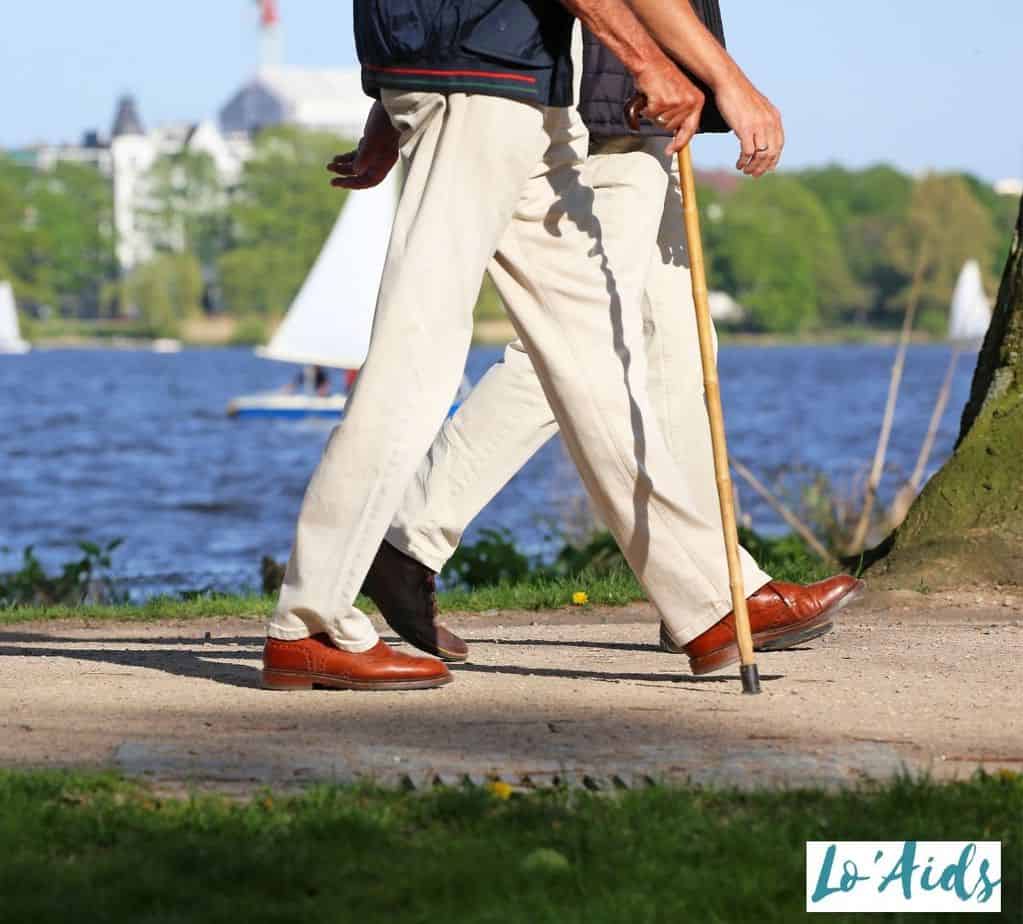
Check this video to know how to walk with a cane:
FAQs
How do I choose a cane?
When choosing the right walking cane, you must know your body measurements, including correct height, weight, and your arm’s length. Also, select a type of cane that will suit your environmental demands better.
Which side of your body do you use a cane?
Hold the cane in the opposite position with your leg injury. For instance, hold the cane in your left hand if your right leg is injured.
Conclusion
Choosing the perfect cane can be a challenging task, whether one will suit you the best. But now that you have read this guide, we sincerely hope we helped you make an informed decision before buying one.
References
- “How to Use Crutches, Canes, and Walkers – OrthoInfo – AAOS.” 2015. Aaos.org. 2015. https://orthoinfo.aaos.org/en/recovery/how-to-use-crutches-canes-and-walkers/#:~:text=A%20cane%20can%20be%20helpful%20if%20you%20have,it%20easier%20for%20you%20to%20continue%20living%20independently..
- “Patient Handout Canes and Walkers Which One Is Right for You?” n.d. Accessed October 13, 2021. https://networkofcare.org/library/10_canes_walkers.pdf.
- “Tips for Choosing and Using Canes.” 2019. Mayo Clinic. 2019. https://www.mayoclinic.org/healthy-lifestyle/healthy-aging/in-depth/canes/art-20548206

What do you think of the types of walking canes? Have you used any of those on the list? Let us know in the comments below!

